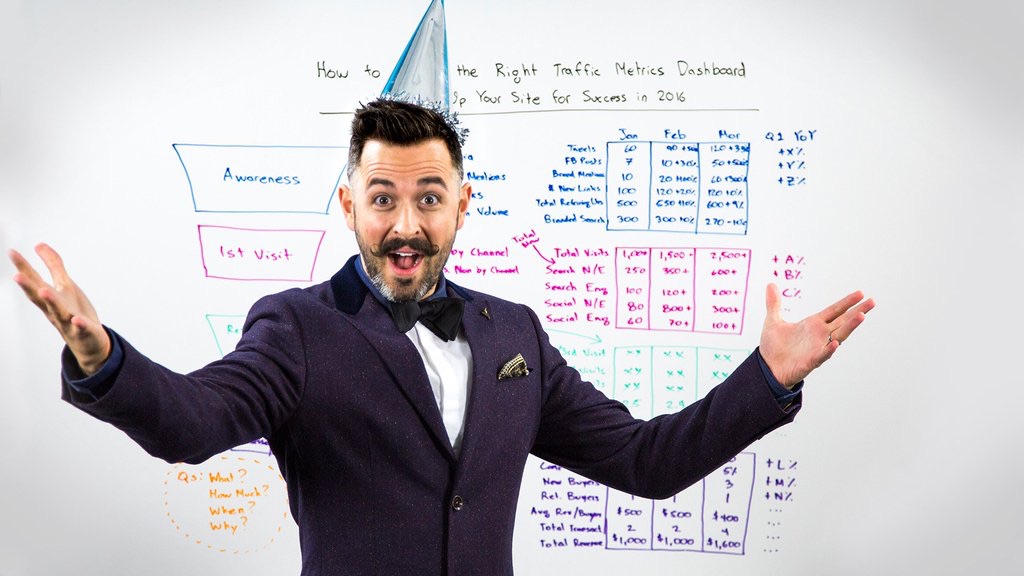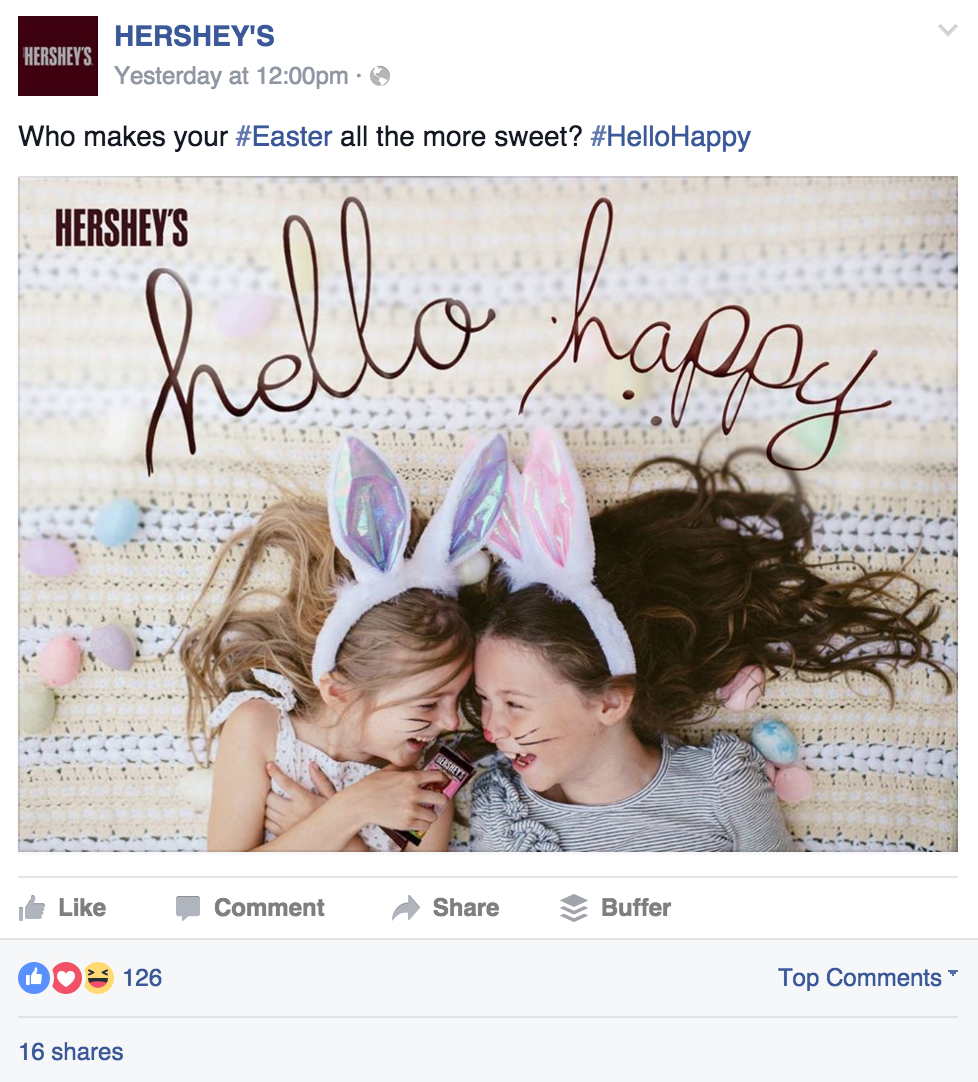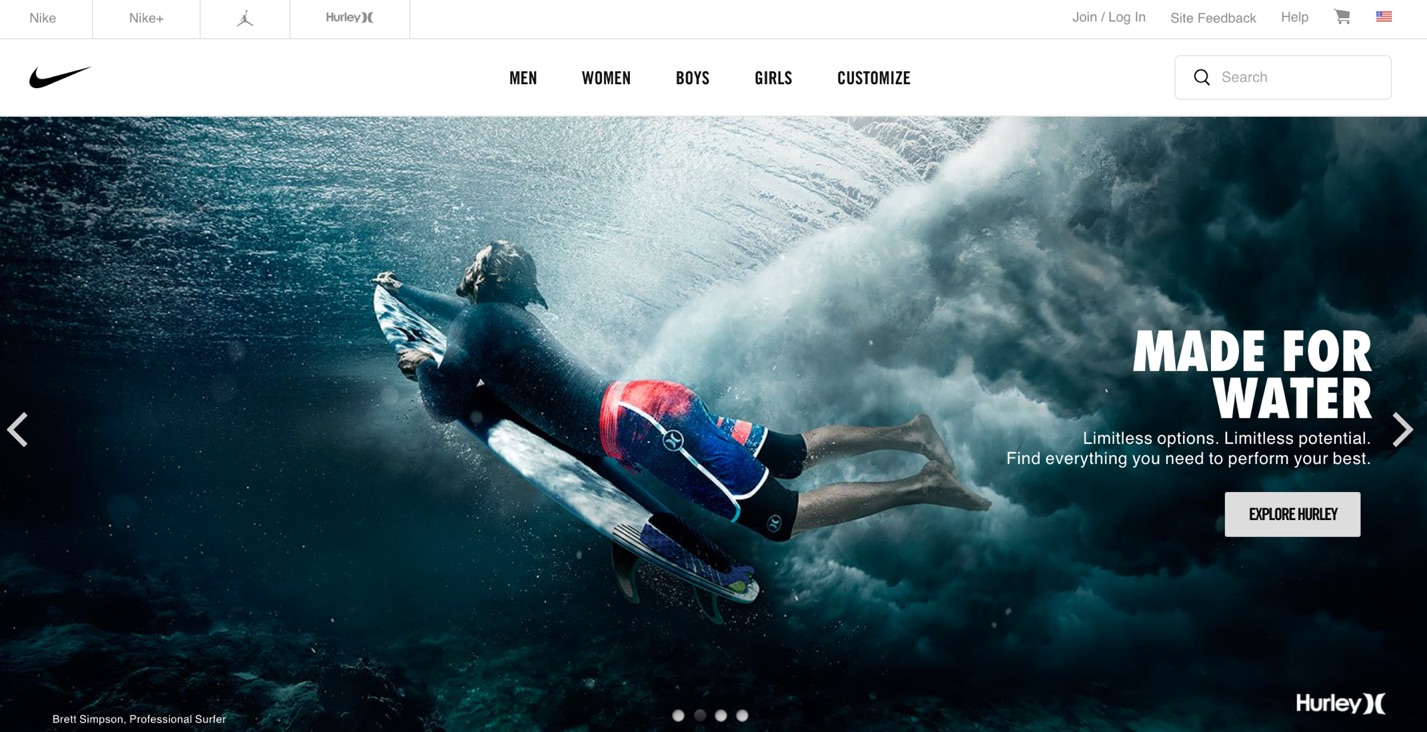A study found “that websites with a stronger emotional impact produced a greater intent to buy.”
Appealing to your audience's emotions creates a connection. Whether you're designing product descriptions or landing pages, your team must aim to evoke emotion into your messaging.
That's why storytelling works so well. It's a powerful way to engage your customers.
Research by Pringle & Field found that “emotional campaigns outperform on almost every metric,” including revenue, profit, and share gain.
Emotional targeting produces authentic content that speaks the consumer's language. It's those irresistible stories that touch people's hearts and propels them to purchase your products.
Ready for a challenge? Learn how to convert more leads with high-impact emotional messages.
1. Psychological Triggers
Emotions determine our everyday decision-making. We buy when we're sad. We buy when we're happy.
However, most brands miss the opportunity to develop an emotional link with shoppers. They focus on product features, rather than understanding the feelings behind the purchase.
In 2014, Facebook “revealed that it had manipulated the news feeds of over half a million randomly selected users to change the number of positive and negative posts they saw.”
This controversial psychological study found that people mimic the emotions expressed in online content. So, if people read a positive post, they are more likely to respond positively.
With that in mind, prepare your SaaS to develop digital marketing campaigns ingrained with psychological triggers. For instance, happiness induces people to share.
Serial entrepreneur Neil Patel says, “When your content drives people to a state of happiness or joy, they will automatically respond to your offers, feel obliged to share your content, and will stop at nothing to tell others about you.”
Here's an example from Moz. Their Whiteboard Friday videos express excitement as experts teach SEO and online marketing skills, and they receive thousands of YouTube views.

Also, A/B test your campaigns based on behavioral and emotional marketing, not tactical elements.
Talia Wolf, the Founder and CEO of Conversioner, states, “Great marketing campaigns look at the entire product as an ecosystem. Rather than just changing the headline, or the colors of individual elements, they approach the product as a whole.”
There is real value in tapping into people's emotions. Work with your team to develop digital content that connects to your shoppers' sentiments. It will help maximize your lead conversions.
2. Memorable Experiences
Memories are precious moments in our lives.
We remember graduating from high school, breaking up with our first romantic partner, or even that embarrassing moment when we flopped a presentation. These experiences evoke us to think about how we felt at that particular time.
To harness the power of memorable experiences, associate your brand's shopping experience with your customer's life events. For example, transfer the same emotions customers felt when they got married or bought their first home.
For instance, chocolate is usually associated with joy. Hershey's is keeping that alive with its #HelloHappy campaign.

Stacie Stauffer, senior brand manager at Hershey's, told AdFreak the following:
“The second you say 'Hershey,' the most amazing thing happens. This giant flood of emotions and memories happens-when I made s'mores camping, or stirred up chocolate milk with my mom. That solidified that we should be speaking more as [one] brand, and from a much more emotional place.”
This type of emotional targeting makes consumers feel subconsciously connected to your brand. They are compelled to read more, click on your offer, and even purchase your services.
Chris Dalton recommends offering value without expectations.
He said, “Sometimes, the best sales pitch is no pitch at all. Consumers have become savvy to ignoring direct sales tactics or sleazy methods. If you offer information relating to your products with honesty and transparency, your customers will notice.”
Buffer does an effective job by giving its customers an inside peek at their operations. Check out their BufferOpen blog about their “journey to greater productivity, more transparency and a happier work culture.”

Map out a path to connect your customers' memories with your brand. And sometimes that means not selling, just providing value.
3. Visual Storytelling
DemandGen Reports noted that video content for B2B marketing increased by 8% to 54%, and infographics jumped 9% to 52% in 2014. It's becoming a necessity to use visuals as part of your marketing strategy.
A good visual stimulates people's senses. It can create fear, elicit pity, or showcase friendship. Font styles make a difference, too. People consider clear, readable font as trustworthy.
But you can't just plop any picture on your website or Instagram account. Freelance writer Dawn Papandrea agrees:
“To make visual storytelling work, however, you can't simply slap a few stock photos onto your blog or social media posts. Just as headlines and calls to action must be crafted carefully, your visual content deserves more than a second thought.”
From screenshots to actual photographs, think about how to convey emotion to your audience. Do you need a wide-angle shot? Will a big red arrow show more impact for the viewer?

In the above picture, Nike displays the endless possibilities customers can experience with their apparel. It's all about the adventure and the limitless options the brand offers its consumers.
In addition, be aware of diversity in your visuals. Cultural shifts happen within our society.
Not everyone will be on board with your company's inclusiveness. But don't let that stop your eCommerce store's progression.
General Mills faced negative backlash for featuring an interracial couple in their 2014 Cheerios Super Bowl commercial ad. Despite some disapproval, there was also an overwhelming positive response applauding their diversity efforts.
Use visual storytelling to communicate emotion to your customers. From infographics to videos, give your shoppers a better understanding of your brand's culture.
4. Social Proof
We're humans. We want to belong.
Social proof in marketing activates those desires to be affiliated with a specific group of people or worthwhile cause.
Social media strategist Michael Sherman, says, “For many, a proven testimonial or example is the emotional trigger a person needs to say yes on buying your products and using your services.”
Old Navy appeals to shoppers' sense of belonging. They focus on offering trendy clothes at affordable prices.
In the tweet below, the retailer implies that if you want to get ready for spring and be happy with your friends, purchase from their wide-selection of clothes.
Here comes spring…
Nab thousands of items from $5: https://t.co/nGQ9Pji1pN pic.twitter.com/XX7nIsfyXs
- Old Navy Official (@OldNavy) March 5, 2016
For social proof to work well, your brand must truly understand your consumers' motivations and intentions.
For example, expert social proof may emotionally influence your consumers to take action. This happens when an industry influencer or well-known blogger publicly approves a product. Those endorsements look like a basic quote or a video testimonial.
Rent the Runway experienced a 200% higher conversion rate from mentions by a fashion magazine or blogger than paid search.

Learn what riles up your consumers. Identify experts that appeal to your audience and coincide with your brand's values. Give people the social proof they need to buy your products.
Target Emotions
Strive to build an emotional connection with your buyers. As a result, customers will feel connected with your brand and purchase more.
Strategize on how to add psychological triggers. Ditch transactional relationships for memorable experiences. And invest in visual storytelling to express your brand better.
Target people's emotions to convert more leads.
About the Author: Shayla Price lives at the intersection of digital marketing, technology and social responsibility. Connect with her on Twitter @shaylaprice.
No comments:
Post a Comment